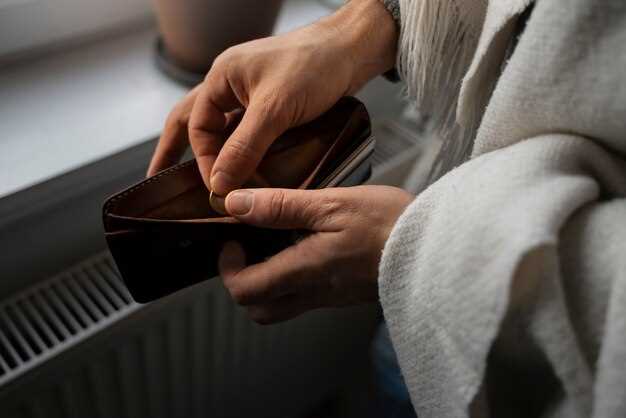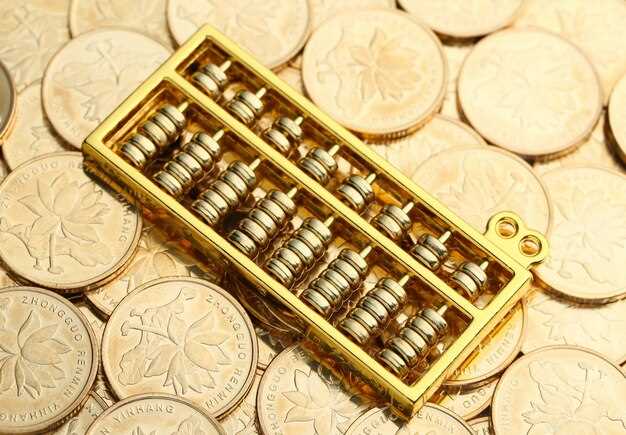Start by wrapping each silver item individually in anti-tarnish paper, which is specifically designed to absorb moisture and pollutants. These papers are inexpensive yet highly effective in maintaining the luster of your silverware and jewelry. Do not use regular tissue paper as it can contain acids that will speed up tarnishing.
Next, consider investing in airtight containers. Store your wrapped pieces in these containers to minimize exposure to air and humidity. Sterling silver is especially prone to tarnishing when exposed to damp environments, so airtight storage can make a significant difference.
Add some silica gel packs to your storage containers. These packs help absorb any residual moisture that might seep into your airtight containers. You can often find these packets in packages of new shoes or electronics and they can be reused multiple times.
If your silver is particularly precious or you have a large collection, a silver storage cabinet lined with tarnish-resistant fabric might be worth the investment. These cabinets are designed to facilitate air circulation while providing a controlled environment, further keeping tarnish at bay. Do not store silver in a basement or an attic, where temperatures and humidity levels fluctuate more than in other parts of the home.
Incorporate regular use and cleaning of your silver items into your routine. Every few months, gently polish your items with a silver polishing cloth to remove any slight tarnish that may have developed. Polish in straight lines rather than circles to avoid scratching the surface. Consistent care truly makes all the difference in keeping your silver beautiful and bright for years to come.
Understanding Silver Tarnish and Its Causes
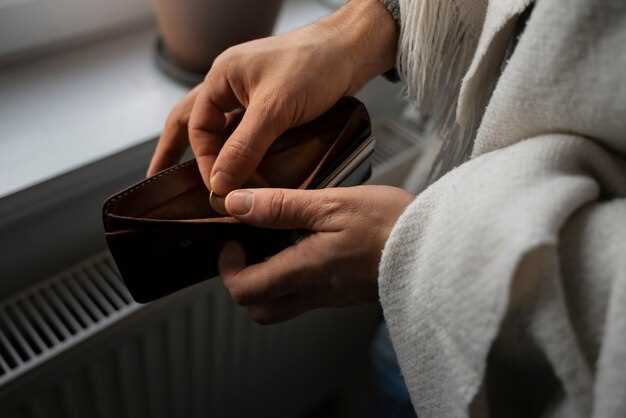
To prevent silver from tarnishing, it’s crucial to understand why it happens. Silver tarnish forms due to a chemical reaction between silver and sulfur-containing substances in the air. This reaction creates a layer of silver sulfide on the surface, appearing as a dark discoloration.
- Humidity: High humidity levels accelerate tarnish. Use silica gel packs or antihumidity strips inside storage boxes to reduce moisture.
- Air pollutants: Cosmetics, rubber, wool, and even certain foods release sulfur compounds. Store silver away from such items.
- Lack of regular use: Frequently used silver pieces develop tarnish more slowly. Handle your silver items periodically to polish them naturally.
- Improper storage: Storing silver in wooden or cardboard containers can also speed up tarnishing due to acidic materials used in these products. Opt for acid-free cloth or special storage bags.
- Chemicals: Household items like hairspray, perfume, and bleach can tarnish silver. Keep silver away from such chemicals to preserve its shine.
Addressing these factors helps keep your silver gleaming. By maintaining a low-humidity environment, avoiding sulfur sources, and storing properly, you extend the life and beauty of your silver pieces.
The Chemical Reaction Behind Tarnish
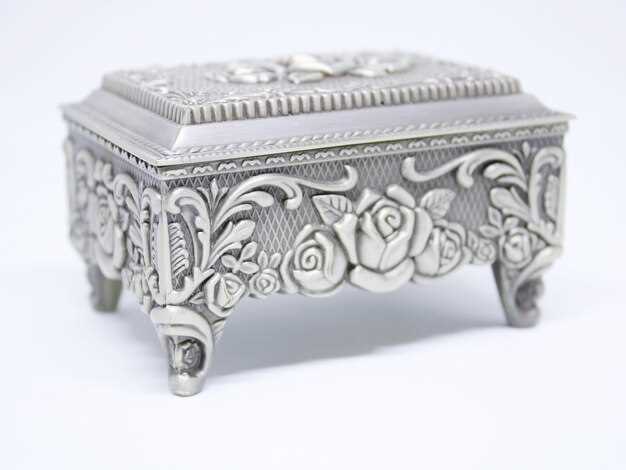
To prevent tarnish, understanding the chemical reaction involved is key. Silver tarnishes when it reacts with sulfur compounds in the air, notably hydrogen sulfide. This reaction produces silver sulfide, a black compound that forms a thin layer on the surface.
To slow this process, keep silver in a dry environment. Moisture accelerates tarnish by facilitating the reaction between silver and sulfur compounds. Using silica gel packets or activated charcoal can help absorb excess moisture and impurities.
Avoid storing silver in wool, felt, or any materials that contain sulfur. Instead, opt for acid-free tissue paper or cotton cloth, both of which minimize exposure to tarnishing gases. Another effective approach is to use anti-tarnish strips within your storage area. These strips neutralize the sulfur compounds, thereby providing a protective environment for your silver items.
Clean silver regularly with a non-abrasive cloth to remove tarnish as it begins to form. This prevents the build-up of silver sulfide, making future cleaning easier. Combining these strategies will help maintain the pristine condition of your silver pieces.
Environmental Factors That Accelerate Tarnishing
- Limit exposure to high humidity. Moisture in the air can significantly speed up the tarnishing of silver. Aim for a dry environment with a relative humidity level below 50%. Consider using a dehumidifier in areas prone to dampness.
- Avoid proximity to sulfur-rich items. Materials such as wool, felt, certain papers, and rubber contain sulfur compounds, which expedite tarnishing. Store silver away from these materials to reduce negative interactions.
- Control temperature fluctuations. Swift changes in temperature can cause condensation, leading to moisture-related tarnishing. Maintain a stable environment to prevent these changes.
- Shield from pollution and airborne particles. Urban pollution and dust may contain chemicals that react with silver. Store silver in airtight, protective containers to minimize exposure.
- Minimize air circulation. Air exposure is a primary factor in tarnishing. Wrap silver pieces in acid-free tissue paper or cloth and seal them in airtight bags to minimize air contact.
- Pay attention to cleaning materials. Residue from cleaning products can hasten tarnishing. Use cleaners specifically formulated for silver, and thoroughly remove any residues after cleaning.
Implementing these measures will help you significantly reduce the speed at which silver tarnishes, keeping your collection gleaming longer.
How the Type of Silver Influences Tarnish Rates
Begin by choosing the right type of silver, as it greatly impacts how quickly tarnish develops. Sterling silver, which consists of 92.5% pure silver and 7.5% other metals, is prone to tarnishing due to the presence of copper, which oxidizes easily. This composition speeds up tarnish formation, requiring more frequent cleaning and care.
Alternatively, consider Argentium silver, a modern form of sterling silver that includes the addition of germanium. This element creates a protective layer on the silver surface, significantly slowing down tarnish. Argentium silver needs less maintenance and retains its shine longer.
For jewelry and decorative pieces where tarnish resistance is essential, fine silver, which is 99.9% pure, is an excellent option. Although softer and less durable than sterling, it resists tarnish much better due to its minimal alloy content, making it preferable for items not subjected to heavy wear.
In conclusion, understanding the composition of silver helps in selecting pieces that align with your tarnish-resistance needs, ensuring beauty and shine are preserved with minimal effort. Prioritize silver types that align with their intended use and care capabilities for the best results.
Practical Methods for Storing Silver Jewelry
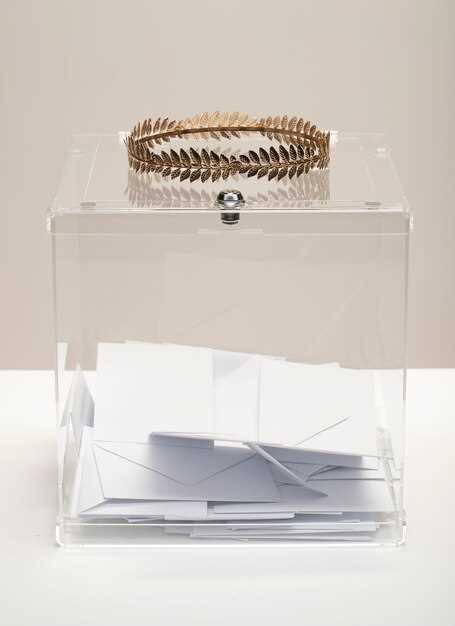
Store your silver jewelry in airtight plastic bags to reduce exposure to air and moisture, which are primary causes of tarnishing. Ensure you squeeze out as much air as possible before sealing the bag. For added protection, wrap each piece in anti-tarnish cloths or use silica gel packs to absorb any residual moisture.
Organize your jewelry by type or set in separate compartments within a jewelry box lined with anti-tarnish fabric. This not only minimizes the risk of scratches but also helps control humidity levels around the silver. Avoid wooden boxes that may emit fumes causing tarnishing.
Maintain a consistent environment for your stored jewelry by keeping it in a dark, cool place. Exposure to light and heat accelerates tarnishing, so a closet or drawer away from sunlight and temperature fluctuations is ideal.
Include a piece of chalk or activated charcoal in the storage area to absorb humidity and gases that may cause tarnishing. Replace these regularly to ensure they remain effective in protecting your silver.
Inspect and clean your silver jewelry periodically. Even with optimal storage practices, occasional cleaning with a non-abrasive silver polish is necessary to maintain its shine and prevent tarnish buildup. Consistent care ensures your jewelry remains as beautiful as the day you stored it.
Choosing the Right Storage Material
Select acid-free tissue paper for wrapping silver items. This material neutralizes tarnish-causing compounds, preventing chemical reactions with the silver surface. Cloth bags made from untreated fabrics, such as cotton or silk, offer excellent protection by reducing exposure to air. Ensure the bags have tight weaves to minimize oxygen access. Specially-designed anti-tarnish strips can be placed within these bags or storage boxes to further protect silver from discoloration.
Avoid storing silver in cardboard, regular paper, or newspaper, as these materials contain acids and chemicals that accelerate tarnish formation. Instead, wooden chests lined with non-reactive fabrics can serve as an attractive and functional storage solution. Consider using plastic bins only if they are made from materials proven to be non-reactive with silver. For maximum protection, a silica gel packet can be added to any storage container to control humidity levels, keeping moisture away from precious silver items.
Choosing the right storage material is integral to preserving your silver’s luster. Tailor your choices based on specific storage needs and be consistent in using these strategies to ensure longevity.
Optimal Placement for Silver Storage
Choose a cool, dry location to store your silver items, as humidity accelerates tarnishing. Avoid basements and attics, as these areas often experience temperature fluctuations and dampness.
- Store silverware in protective cloth pouches or wrapped in acid-free tissue paper if possible. This minimizes exposure to air and tarnishing agents.
- Arrange silver pieces in a way that prevents them from touching each other, which helps in avoiding scratches and abrasion.
- Use silica gel packs or activated charcoal in storage areas to absorb moisture and pollutants, providing an added layer of protection against tarnish.
- Consider storing items in airtight containers to significantly reduce exposure to air, slowing down the tarnishing process.
- If you have limited space, prioritize open shelves in closets where the circulation is steady but controlled, maintaining consistent conditions.
By following these specific placement strategies, your silver will remain untarnished and in pristine condition for longer periods.
Handling and Cleaning Techniques Before Storage
Ensure that your hands are clean and dry before touching silver items. Natural oils and moisture from your fingers can accelerate tarnishing. Use cotton or nitrile gloves for added protection. Examine silver pieces carefully to identify any tarnishing or debris.
Before storage, clean silver with a mild soap and lukewarm water solution. Avoid abrasive sponges and cloths as they can scratch silver surfaces. Instead, opt for a soft microfiber cloth to gently rub the item, making sure to reach into any nooks and crannies. Rinse thoroughly to remove soap residue.
For heavily tarnished silver, consider using a commercial silver cleaner, but remember to follow product instructions carefully. A homemade cleaning solution using baking soda and water can also be effective for less stubborn tarnish. Mix into a paste, apply gently, and rinse thoroughly.
After cleaning, drying is crucial. Use a soft, lint-free cloth to pat items dry, ensuring no moisture remains. For intricate items, allow them to air-dry completely to prevent water spots. Polishing silver before storage is an additional step to enhance protection.
| Do’s | Don’ts |
|---|---|
| Use clean gloves | Touch with bare hands |
| Use a soft cloth | Use abrasive sponges |
| Dry thoroughly | Leave moisture |
| Rinse off cleaners | Leave residue |
Using Anti-Tarnish Strips and Bags
Opt for anti-tarnish strips and bags to protect your silverware from tarnishing. These products emit non-toxic vapor that neutralizes harmful elements causing tarnish. It’s advisable to replace these items every six months to maintain their effectiveness.
Store your silver items in anti-tarnish bags when not in use. These specially designed pouches provide a barrier against moisture and pollutants, preserving the shine of your silver pieces.
Consider using anti-tarnish strips in your storage drawers or display cabinets. Simply placing them alongside your silver collection can significantly reduce the risk of tarnish.
| Anti-Tarnish Product | Benefits |
|---|---|
| Strips | Neutralize tarnish-causing agents in confined spaces. |
| Bags | Provide a protective environment to safeguard silver’s appearance. |
Long-term Storage Tips for Silver Preservation
Avoid tarnish by wrapping your silver in acid-free tissue paper and storing it in airtight boxes. This reduces exposure to air and moisture, two primary causes of tarnish. For added protection, place a piece of chalk or a silicon gel pack inside the box to absorb any residual moisture.
Store your silver in a dark and cool environment, as light and heat can accelerate tarnishing. Basements or interior closets work better than areas prone to temperature fluctuations or direct sunlight.
Use anti-tarnish strips or cloths. These materials are treated to absorb sulfur compounds in the air, which are responsible for tarnishing. Replace them every six months to maintain their effectiveness.
Avoid using wooden boxes, as certain woods release vapors that cause tarnishing. Stick with plastic or metal storage containers that do not react with silver.
Inspect your silver pieces periodically to catch any tarnish early. A gentle polish can prevent small spots from becoming extensive damage.
Finally, avoid storing food items or keeping food residue in contact with your silver. Some foods contain sulfur or acidic compounds that may tarnish silver over time.
Q&A:
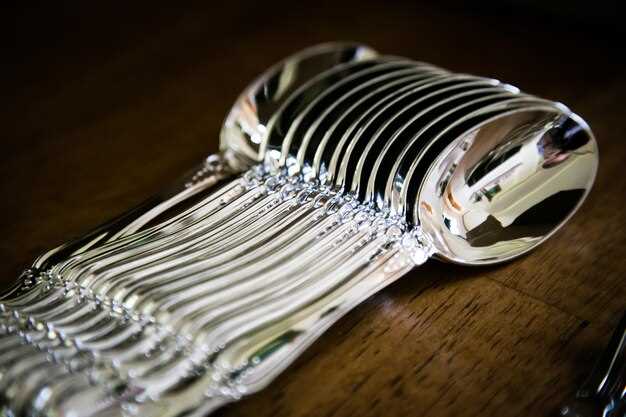
What are some common materials that can help protect silver from tarnishing?
Silver can be stored with anti-tarnish strips or silica gel packs, which help to absorb moisture and prevent tarnish. Avoid storage materials that contain sulfur, as it can cause silver to tarnish more quickly. Acid-free tissue paper and cotton are also good protective materials for preventing tarnishing.
Is it safe to use airtight containers for storing silver items?
Yes, it is generally safe to store silver in airtight containers. These containers limit exposure to air and humidity, which slows down the tarnishing process. However, make sure that the container and any padding materials used do not contain sulfur or other reactive substances.
Can I polish silver jewelry too often if I’m trying to prevent tarnish?
While regular polishing can keep silver looking shiny, excessive polishing may actually wear down the surface over time. It is advisable to polish silver only when necessary and use a gentle silver cleaner to avoid over-polishing.
Why does silver tarnish over time, and how fast does it happen?
Silver tarnishes as a result of a chemical reaction with sulfur-containing substances in the air, forming a black layer of silver sulfide. The speed of tarnishing can vary depending on environmental factors like humidity and pollution levels. In areas with high humidity, tarnishing can occur more rapidly than in drier climates.
Are there specific storage conditions recommended for silverware to maintain its shine?
To maintain the shine of silverware, store it in a cool, dry place. Ideally, keep each piece separated using tarnish-resistant cloths or bags. Refrain from wrapping silverware in newspaper or rubber bands as these materials can accelerate tarnishing. Additionally, minimize handling to reduce fingerprint marks, which contain oils that can cause tarnish.
